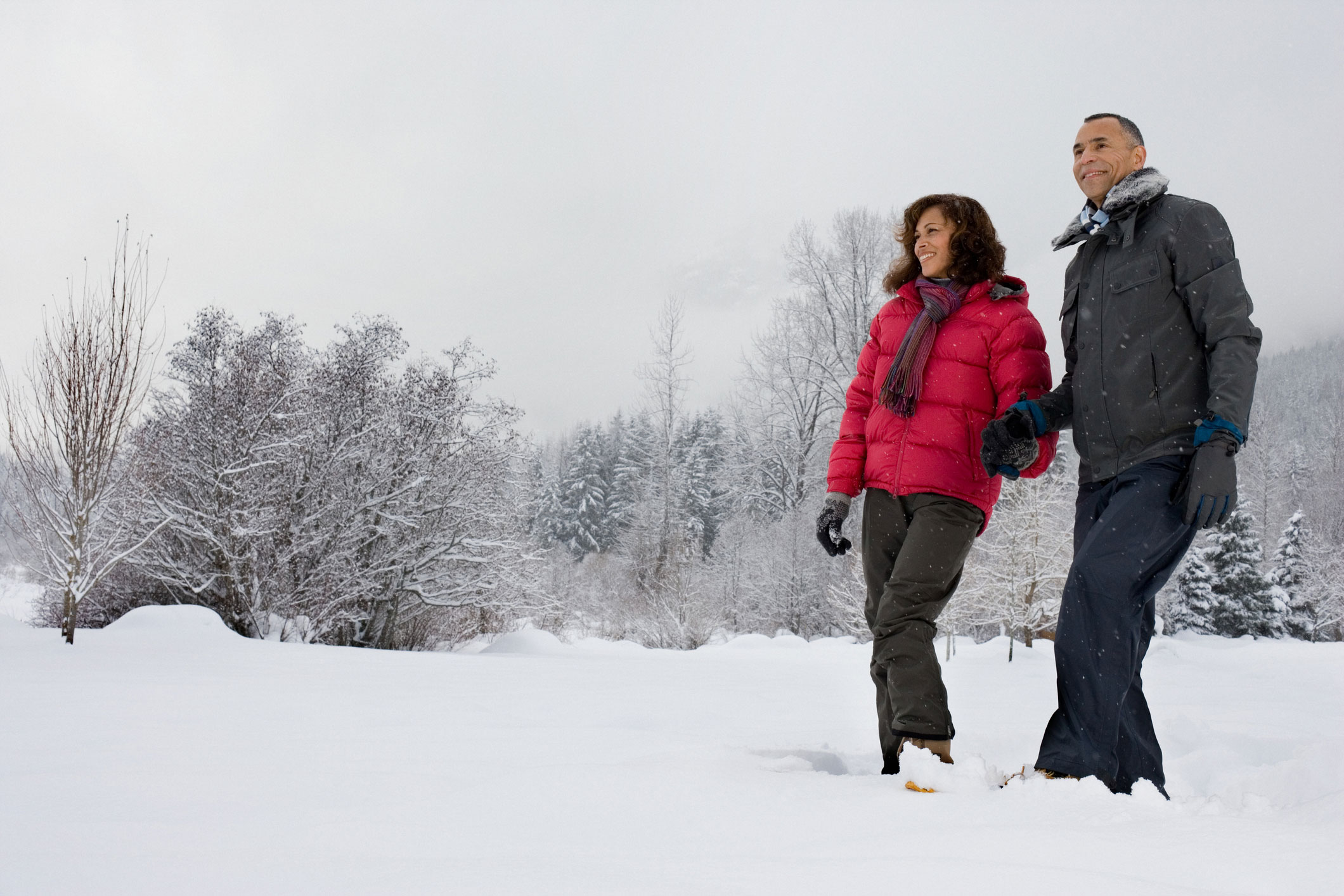<< Back
Why Heart Attack Risk Increases 30 Percent in Winter Cold

January 05, 2022
While you may be more likely to catch a cold or the flu during the winter, did you know that heart attacks are also more common during the winter months?
Hartford HealthCare’s Jocelyn Maminta recently spoke with cardiologist Dr. Anja Wagner of the Heart & Vascular Institute at St. Vincent’s Medical Center in Bridgeport about heart safety during the coldest months of the year.
Studies have shown that Americans have a 30 percent higher chance of having a heart attack during the cold months.
“There are several theories why that is, but it is mostly because in the cold, our arteries constrict which increases our heart rate, that increases our blood pressure, exposing us to a higher risk of heart attack and stroke,” Dr. Wagner said.
In the cold, the heart has to pump more and work harder to keep the core body temperature at a healthy level, Dr. Wagner added. To protect yourself during the winter, Dr. Wagner advises against strenuous exercise in the cold and to dress in layers.
Living in New England, shoveling snow may seem like no big deal, but Dr. Wagner recommends avoiding it if possible.
“Shoveling snow is the perfect storm for a heart attack because it’s a combination of strenuous exercise and our body is exposed to the cold temperatures and all the dangers that come with it,” she said.
If you do have to shovel, Dr. Wagner says to take frequent breaks, stay hydrated, dress warmly and use a shovel with a small blade for a lighter load.
“People who have had back surgery or an angioplasty should not be shoveling snow,” she said. “Anyone with coronary artery disease should not shovel.”
If you experience any heart attack symptoms, such as chest pain or pressure, dizziness, lightheadedness, fatigue or shortness of breath, stop what you are doing and call 911.